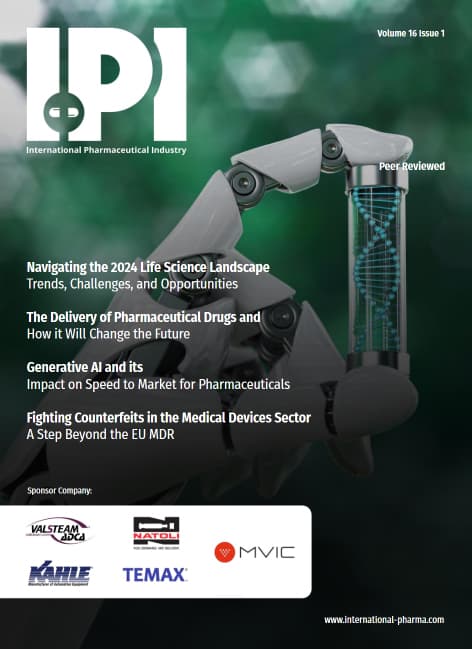Research showed significant improvements in signs and symptoms of prurigo nodularis.
It has been revealed that, during a trial, nearly three times as many Dupixent patients experienced clinically meaningful reductions in itch and skin lesions at 24 weeks compared to the placebo.
Detailed positive results from the phase 3 prime trial evaluating Dupixent – also known as dupilumab – in adults with uncontrolled prurigo nodularis were presented in a session at the European Academy of Dermatology and Venereology (EADV) 2022 Congress.
In total, 22 scientific abstracts are being presented at the EADV 2022 Congress discussing Dupixent in atopic dermatitis in patients as young as six months – and its investigational use in chronic spontaneous urticaria and bullous pemphigoid – in addition to prurigo nodularis.
The late-breaking data presented at the EADV 2022 Congress are from the randomised, placebo-controlled phase 3 Prime trial, which met its primary and key secondary endpoints. At 24 weeks, among patients treated with Dupixent in the trial, more than three times as many (60%) experienced a clinically meaningful reduction in itch from baseline, the primary endpoint, compared to placebo patients, while nearly three times as many (48%) achieved clear or almost clear skin.
Gil Yosipovitch, Director of the Miami Itch Center, explained: “These positive results from the second of two dupilumab phase 3 trials in prurigo nodularis confirm inhibiting IL-4 and IL-13 can significantly reduce the unrelenting itch and extensive severe skin lesions that often impair patient quality of life.”
He added: “In my practice, relieving itch and clearing skin are often the top priorities for my patients across a range of chronic skin diseases. These data demonstrate dupilumab has the potential to address and manage these debilitating symptoms in another chronic skin disease with underlying type 2 inflammation.”
The impact of uncontrolled prurigo nodularis on quality of life is one of the highest among inflammatory skin diseases and is comparable to other debilitating chronic diseases that can negatively affect mental health, activities of daily living and social interactions.

























